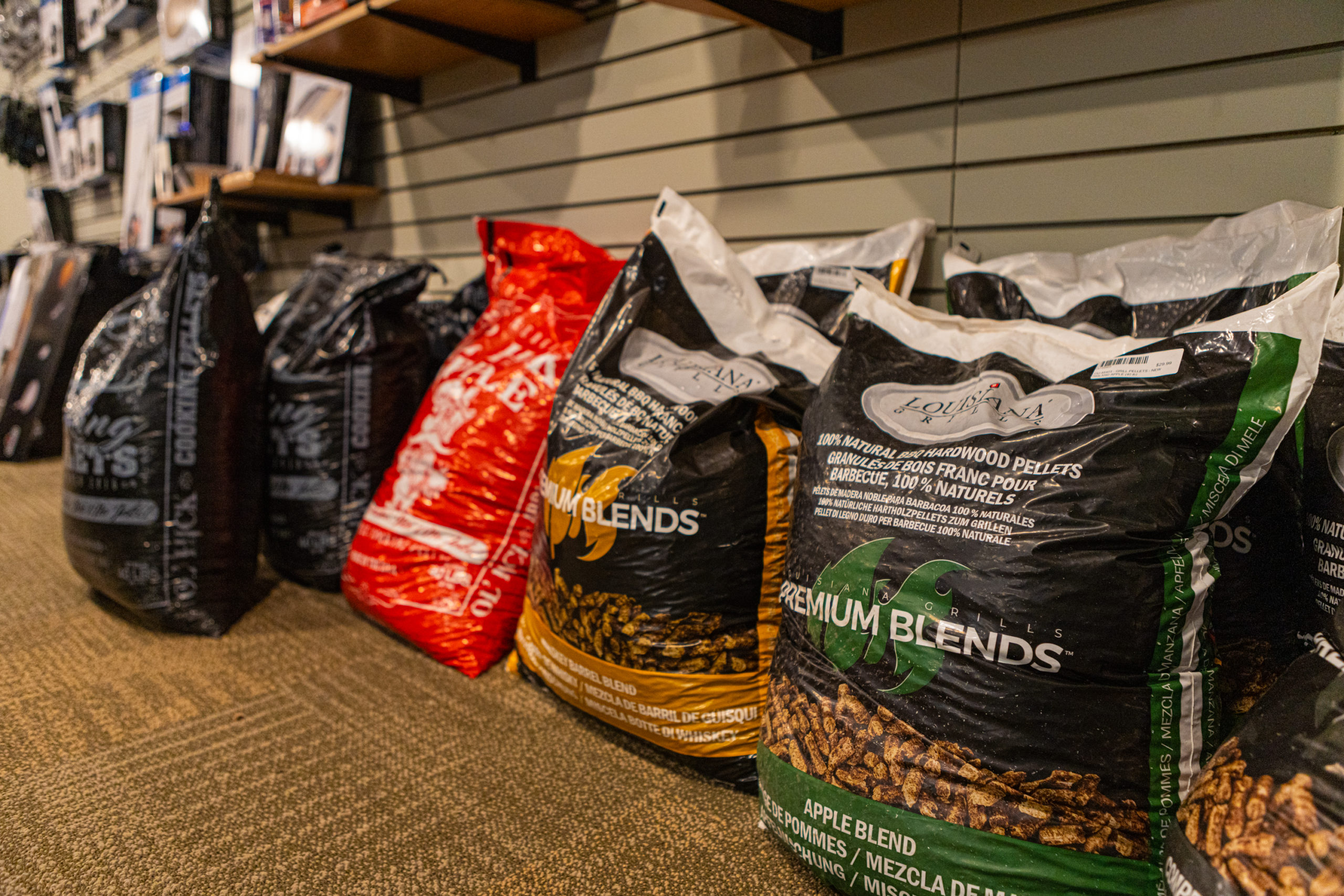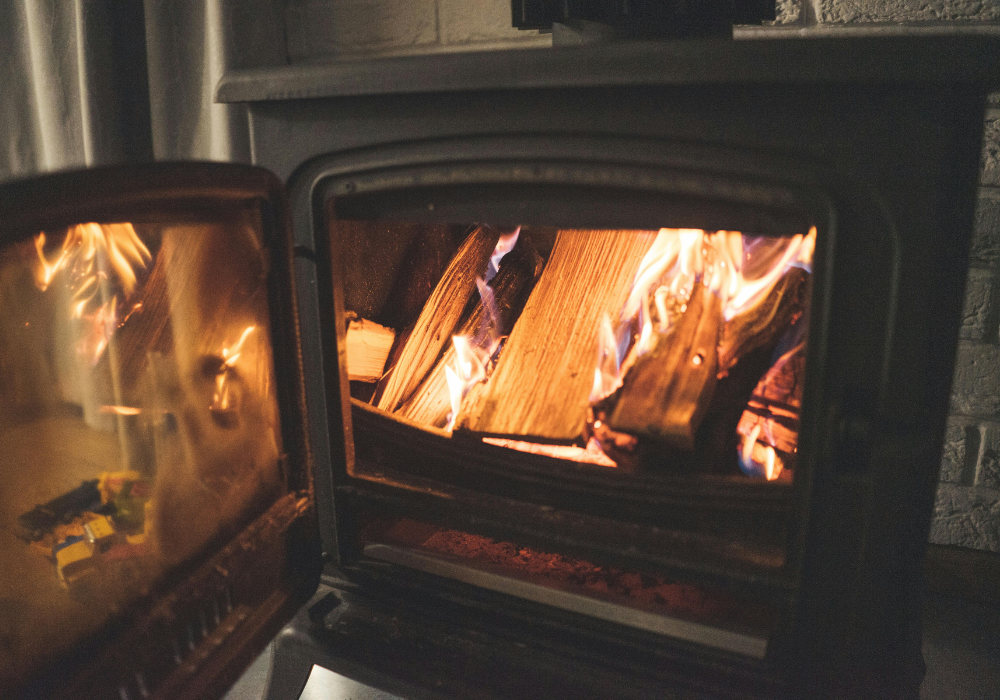Are you interested in eco-friendly heating solutions for your home? If so, you’re not alone.
Conservation conscientious consumers are looking for new ways to reduce their carbon footprint and hopefully save money on heating bills. These motivators lead many Americans to search for alternative heating sources for their home.
The U.S. Energy Information Association (EIA) expects that U.S.households that heat primarily with natural gas will spend 30% more than they spent last winter on average. For those who heat their homes with electricity, they’ll likely spend 6% more this year than the last–15% more if the temps are colder. This handy calculator from the Environmental Protection Agency can give you an idea of your family’s carbon footprint.
When the temperature drops it often feels like you have to choose between an eye-popping heating bill or living in layers all winter. Your desire to keep your home toasty doesn’t just drive up your utility bill, the majority of household carbon dioxide (CO₂) emissions come from heating your home.
What if there were home eco-friendly solutions that could lower your heating costs and give you a tax credit?
There are! Enter biomass fuels. These energy sources are made from renewable organic plant or animal materials. Let’s take a look at a couple of biomass indoor heating systems that can help your wallet and the world.
Wood Stoves: Clean and Comforting
While wood stoves may evoke nostalgia, they’ve come a long way since your grandmother had one. Today’s eco-friendly wood stoves are certified by the Environmental Protection Agency (EPA) and emit only a fraction of the smoke that older stoves produce, reducing air pollution. Available in a variety of styles to complement the decor of your home, woodburning stoves can also double as a cooktop and won’t leave you in the cold if the power goes out.
Pellet Stoves: Radiant Heat, Low Emissions
Another wood-burning option is a pellet stove. While wood stoves burn firewood, these stoves use pellets as their biomass source. Easily and cleanly stored in bags, these pellets have the lowest emissions of all solid fossil fuels. Like a woodburning stove, pellet heaters are available in freestanding models and inserts that can be installed in your existing fireplace.
Don’t Miss Out: Biomass Tax Credit
If you’re thinking about purchasing a wood or pellet stove to save money and lower your carbon footprint, there’s no time like the present.
Part of a pandemic relief package, the biomass stove tax credit allows consumers to claim an uncapped credit based on the purchase and installation cost of a qualifying stove between January 1, 2021, and December 31st, 2023. For the first two years, a 26% tax rebate is available; that credit will decrease to 22% in 2023.
Qualifying wood and pellet-burning heaters must have a thermal efficiency rating of at least 75%. To determine if the stove you’re checking out is certified, the EPA has a searchable wood stove database or contact your local heating expert at AES Hearth & Patio to learn about all applicable models for tax credit.
AES Hearth & Patio: Your Alternative Fuel Experts
With locations in Camp Hill and Newville, our team at AES Hearth & Patio has expertise in and a passion for renewable energy sources. Contact us for a free estimate to add a fuel-efficient heater to your home or please visit one of our showrooms to see our expansive selection of burn models.




